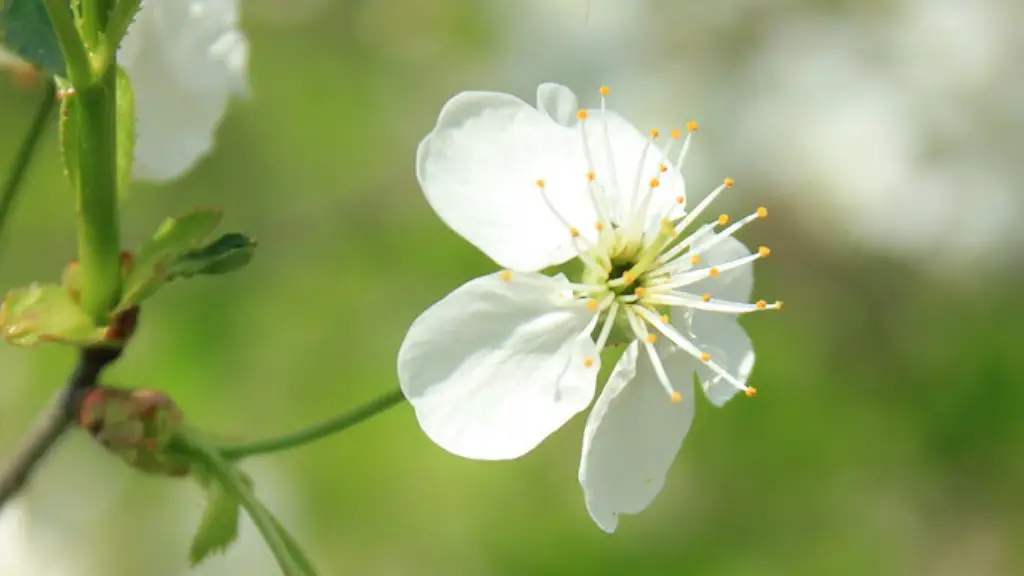The question of, ‘How old is a lemon tree before it bears fruit?’ is one that both hobbyists, as well as commercial growers, are interested in. Lemon trees are generally ready to bear fruit within three to four years; although, this can be dependent on a multitude of factors. Generally, trees grown from cuttings or grafted trees are quicker to bear fruit than those grown from seed. The type of lemon tree, as well as climatic, soil, and fertilization conditions all have a bearing on when the trees will bear fruit.
Lemon trees are believed to have originated in northern India and then spread to the Mediterranean. Currently, they are grown commercially in all temperate climates, and in some with moderate climates. Depending on the region, the same lemon tree can produce fruit almost year-round. For example, in regions such as Florida, California, and China, lemon trees may be producing two crops in a year.
When cultivating a lemon tree from a sapling, it is important to water it regularly and fertilize the soil annually with an organic fertilizer made specifically for citrus trees. This will ensure that the tree has adequate amounts of minerals, nitrogen, and phosphorus to ensure that it develops properly. Additionally, pruning must be done yearly to keep the tree healthy and strong.
Once the tree is established, it should start to produce fruit in a few years. Typically, a lemon tree will bear fruit when it is between 3 and 8 feet tall. Of course, this can vary depending on the type of lemon tree, the size of the location, and climate. The ripening process typically takes around 80 to 120 days, and once it is ripe, it will be ready to pick.
The majority of lemon trees, such as the ones grown in Mediterranean climates, will bear fruit multiple times per year. Weather conditions, such as temperatures and rainfall, are significant factors in determining the number of lemons produced by a particular tree in a given season. A semi-drought condition can discourage fruit set and vigor, so adequate irrigation is necessary to ensure good yields.
Overall, the age at which a lemon tree will bear fruit is dependent on several factors including the type of lemon tree, its size and location, climate, and soil conditions. Generally, it takes 3-4 years for the tree to be ready to bear fruit. Once it is established, it should start producing multiple crops of lemons per year.
Fertilizing
Fertilizing is an important factor in ensuring that a lemon tree will bear fruit. For trees that are planted directly into the ground, an organic fertilizer should be used once or twice per year. Additionally, an organic soil amendment may be beneficial to the tree. Alternatively, if one is container-growing a lemon tree, it may be beneficial to use a low-nitrogen organic fertilizer with a 6-2-4 ratio. This will ensure that the lemon tree has adequate amounts of essential minerals, nitrogen, and phosphorus for it to grow healthy and strong.
Harvest
The harvest of the lemons usually occurs when the fruits are mature and ready to be picked. This typically is between 80-120 days after the initial flowering. Of course, depending on the type of lemon and the climate or region, the ripening time may vary. Then, the fruits can be easily picked off with a simple twist of the hand, and the next harvest should follow shortly.
Pruning
Pruning is another important step in ensuring that the lemon tree bears fruit. Pruning the lemon tree not only maintains the shape of the tree, but also keeps it healthy and strong. It is suggested that pruning should be done once a year, typically in the late winter after harvesting, to remove weaker branches that are touching the ground and to encourage more vigorous growth. Pruning will also discourage fungal infections, as well as increase air circulation for the tree.
Pests
When the lemon tree is fully established, it may start to attract pests that may want to feed on the tree’s foliage and fruits. Common pests include aphids and spider mites. Insecticidal soap can help reduce the number of these pests, as well as introduce predatory insects, such as ladybugs and lacewings, to the environment that will help to maintain a healthy balance of pests.
Protection
In colder climates, where the temperature drops below 32 degrees Fahrenheit, some sort of protection is needed. For example, a frost cloth may be needed to shield the tree from the cold air. Additionally, if there is heavy rain, some sort of protection may be needed to protect the flowers and fruit from being damaged.
Storage
Once the lemons are harvested, they need to be stored properly in a cool, dark place. Additionally, controlling humidity levels is also important. For example, if the humidity is too high, the lemons may rot due to mold and mildew. If the humidity is too low, the lemons may dry out. The optimal humidity for storing lemons is around 75%.



